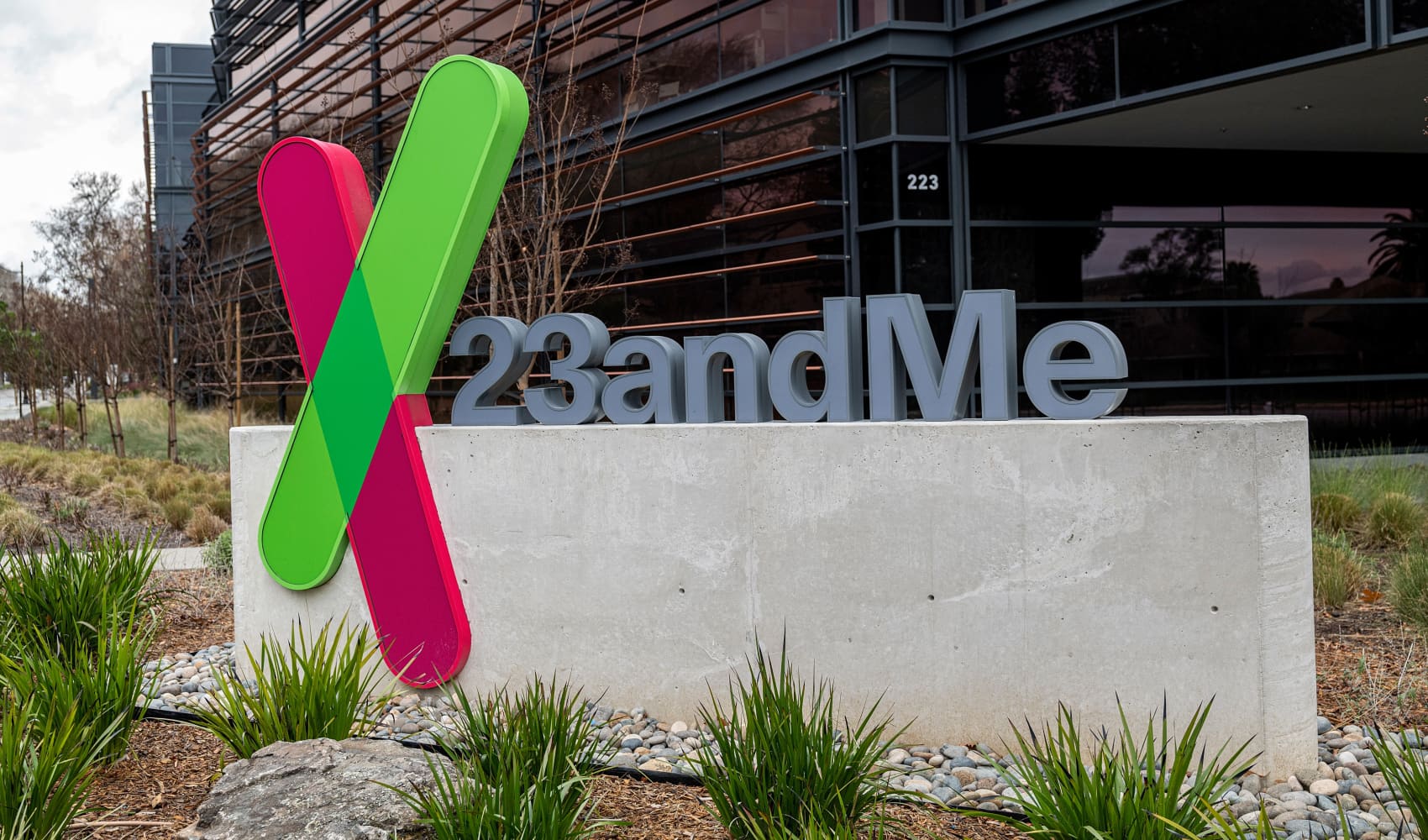
- Ethereum's "London" hard fork has just activated, and it's a major change.
- One of the changes alters the way transaction fees are calculated, ideally smoothing them out and making them less volatile.
- Another change essentially sets the stage for a major transformation of ethereum that will make it harder for miners to earn money and could eventually make mining irrelevant.
Ethereum's much-hyped and somewhat controversial "London" hard fork has just activated.
So far, news of the successful upgrade has coincided with a runup in the price of ether, the native token of ethereum's blockchain. The cryptocurrency is at $2,620, up 3.9% in the last 24 hours.
Get Connecticut local news, weather forecasts and entertainment stories to your inbox. Sign up for NBC Connecticut newsletters.
A big part of the enthusiasm has to do with the fact that the software upgrade means a few big — and necessary — changes are coming to the code underpinning the world's second-biggest cryptocurrency.
It has always been a tough go for ethereum users. The blockchain has a long-standing problem with scaling, and its highly unpredictable and sometimes exorbitant transaction fees can annoy even its biggest fans.
The problem has become worse in recent months thanks to a surge in interest in nonfungible tokens, which are mostly built on ethereum's blockchain, as well as an explosive growth in the world of decentralized finance, or DeFi, which also largely uses the ethereum blockchain.
Money Report
Thursday's changes to the code, which has little to do with the city of London, are designed to fix many of these issues by destroying or "burning" ether coins and changing the way transaction fees work so that they are more predictable.
If you think of ethereum like a highway, London is adding a few lanes to tamp down traffic and is standardizing toll prices.
"It adds a lot of complexity to the fee logic, but it's an interesting approach that could potentially stabilize the fee dynamics," said Nic Carter, Castle Island Ventures general partner and Coin Metrics co-founder.
Making fees more predictable
Even though the ethereum blockchain gets makeovers all the time — for those keeping track, this marks hard fork #11 — the "London" upgrade is a game changer, according to experts.
The hard fork itself consists of five Ethereum Improvement Proposals. They are called EIPs for short, and each puts forth a set of changes to the code.
The one that everyone is latching onto is EIP-1559.
Before the upgrade, users would essentially participate in an open auction every block, where they would have to place a bid with a miner in something referred to as a "first-price auction." The closed-bid setting meant that users were often taking a stab in the dark when proposing transaction fees (known as "gas prices"), picking a number that they felt would guarantee their inclusion in the next block of transactions.

Some users who felt the need to prioritize their transaction would offer to pay a premium above their bid to try to gain preferred status within the block itself.
"Fifteen-fifty-nine is really meant to create an ecosystem that encourages lower gas fees," said Auston Bunsen, co-founder and CTO of QuikNode, which provides blockchain infrastructure to developers and companies.
"Sometimes people are willing to pay a lot to get into a block. Fifteen-fifty-nine seeks to remediate this issue by creating a base fee," continued Bunsen.
Rather than holding a blind auction every block to determine the gas price, ethereum's protocol will algorithmically decide the transaction fee based upon overall demand on the network.
Having the protocol decide a uniform gas price should prevent major spikes in prices, although that doesn't necessarily mean it will be cheaper for buyers. It is, in essence, one big hedge against the market falling totally out of whack.
However, the upgrade will still allow for users to jump the queue by tipping.
But a bigger change fomented by EIP-1559 is a doubling of the block size.
While in theory, this means that twice the number of transactions can happen in each block, the upgrade has actually been designed so that the protocol only wants the block to be half full. This is meant to help smooth out spikes in demand, helping gas fees to stay stable.
Matt Hougan, Bitwise Asset Management's chief investment officer, uses the metaphor of a ferry boat to explain the design logic.
If the ferry operators have set the price of a ticket too low, they may need all that extra seat capacity to accommodate the passengers standing on the dock who want to hop on board at the base ticket fee.
"But the price ratchets up very quickly, and algorithmically, to the point where you should get to a clearing price that allows the block to be at its target of half full, and certainly that allows all the transactions that want to go through to be processed," Hougan explained.
Making the block size dynamic so that it can accommodate fluctuations in demand is what ultimately stabilizes the base fee.
"It sounds pretty simple, but it's a really elegant design solution to a problem that has plagued ethereum since its inception," he said.
The ticking time bomb
The not-so-quiet elephant in the room is the fact that the upgrade redirects a portion of miner income to existing token holders.
The ether that would otherwise go to the miner will now be "burned," which permanently destroys a portion of the digital currency that otherwise would be recycled back into circulation.
Some have made the argument that the EIP-1559 upgrade will create a sort of deflationary pressure on ethereum, because less supply can lead to a rise in price. But this reasoning makes a couple big assumptions.
"It only creates deflationary pressure under the condition that burned fees actually exceed new issuance," said Carter. "That's only the case at times of extreme fee intensity."
Carter says that burning gas prices probably wouldn't end up being net deflationary, at least not under the current fee regime.
But burning those fees will also mean a major shift for miners, leaving them with really only two revenue streams.
Miners can still sell their computing power to the network and hope to earn a reward of newly minted ether, should they win a block.
They can also still receive tips from users looking to prioritize their position within the block.
But in the short term, miners won't make quite as much money as they did before the hard fork.
Hougan argues that because miners are organically linked to the overall value of ethereum, the hope is that they ultimately make up for these losses as the price of ethereum goes up thanks to these protocol changes.
But experts tell CNBC that the problem with this logic is that in the next few years, ethereum miners are approaching a cliff that will make them obsolete. In fact, included among Thursday's upgrades is a stipulation that addresses this very mining Armageddon.
Though it's not getting the same attention as EIP-1559, another one of the EIPs included in the London fork is EIP-3554 and its significance cannot be understated. This change in the code paves the way for ethereum 2.0, an upgrade and total overhaul of the system, which has been in the works for years.
Ethereum 2.0 would have the network switch from the energy-intensive "proof-of-work" mining system, where miners solve difficult math equations to create new coins, to "proof-of-stake," which just requires users to leverage their existing cache of ether as a means to verify transactions and mint new tokens. This change will be huge not just for ethereum, but for the wider cryptocurrency community at large.
EIP-3554 takes an important deadline that will encourage ethereum miners to upgrade their software to prepare for the switch — known as the "difficulty time bomb" — and moves that deadline from summer 2022 to this December.
"The point of the difficulty bomb is to force miners and node operators to upgrade their software after a predetermined amount of time has passed," explained Carter.
As Bunsen describes it, the proof-of-stake transition would essentially make ethereum unmineable once activated. In other words, a few years from now, once the protocol has fully migrated to a proof-of-stake model, the entire industry around ethereum mining as it exists today will no longer be relevant.
So why London? The ethereum community has simply taken to naming its hard forks after cities where its Devcon international developer's conference been held. Next on deck: Shanghai.






